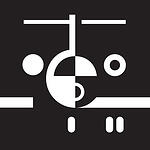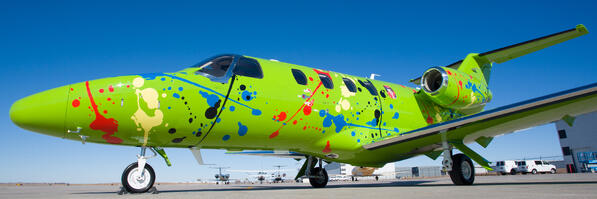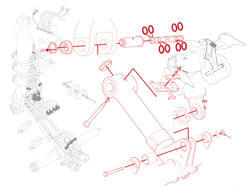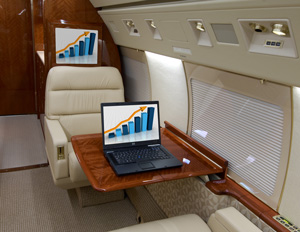
In 2013, Duncan Aviation’s Engineering and Certification departments worked diligently to complete a number of new Supplemental Type Certificates (STCs). The company’s status as an Organization Designation Authorization (ODA), along with its stringent processes and working relationship with the FAA, allows Duncan Aviation to administer many of the aspects of the STC process that are usually controlled by the Federal Aviation Administration (FAA).
“The ultimate value of this delegated authority to our customers, both internal and external, is time, and this is an industry where time is money,” says Shawn Carraher, Certification Programs & Alterations Planning Manager for Duncan Aviation.
“Because the FAA has limited involvement in the ODA STC process, we don’t wait on them so our customers don’t have to wait, either,” he says. “That gives us flexibility with our schedules and hangar space so we can easily accommodate our customers’ long- and short-term needs. An additional benefit of this flexibility that translates directly into savings is that our customers experience shorter downtimes than they would taking their aircraft to repair stations that lack this delegated authority,” he continues.
“Delays equal dollars,” Carraher says. “Our delegated authority gives us more control over costs. We’re not waiting to turn aircraft, and our customers aren’t waiting for certification. This allows Duncan Aviation to be more efficient in completing projects and delivering aircraft as promised.”
Among many STCs that Engineering and Certification completed and issued in 2013 are the following:
- SA01710WI GH-3900 ESIS and Securaplane Instruments Battery Backup for Falcon 2000 & 2000EX
- SA01717WI High Speed Internet with Wireless Local Area Network System for Cessna 525A
- ST01735WI Universal Avionics EFI-890 Flight Dec Retrofit Falcon 900
- ST01736WI Datalink Communications System with provisions for FANS Falcon 900
SA01710WI gives Falcon 2000 and 2000EX aircraft a steady source of back-up power if the instruments lose power. SA01717WI allows for high-speed Internet so passengers in the cabin of a Cessna 525A may send and receive in-air email or stream movies from an onboard storage device.
ST01735WI and ST01736WI apply to Falcon 900s from serial numbers 001 through 178.
Additionally, the following amendment was added to an STC:
- ST01615WI-D Honeywell FMZ-2000 upgrade to Version 6.1 -03040
This amendment allows for a software upgrade to the Honeywell FMZ 2000 Flight Management System on Falcon 900B, Hawker 800/A/XP, and other makes. The upgrade to the Wide Area Augmentation System (WAAS)/Localizer Performance with Vertical Guidance (LVP) components let pilots navigate routes more accurately and allow for lower minimums (200 feet) for instrument landings.
ODA
The Organization Designation Authorization(ODA) held by Duncan Aviation is an appointment by the FAA authorizing the Duncan Aviation organization to perform approved functions on behalf of the FAA. On-staff and consultant engineers, flight test pilots, and manufacturing and airworthiness inspectors are qualified under the ODA to perform the authorized functions.
This designation authorizes Duncan Aviation to approve design data, analysis and test procedures, witness compliance testing, as well as make a finding of compliance to the regulations and issue Supplemental Type Certificates (STCs) for interior and airframe modifications and avionics systems and system upgrades. In addition, the ODA is authorized to issue airworthiness certificates, as well as domestic and export worthiness approvals.It has oversight from the FAA’s Wichita, Kansas, Aircraft Certification Office (ACO).
Duncan Aviation has ODA for the following:
- Supplemental Type Certificates (STCs)
- Major Repairs and Alterations (MRAs)
- Parts Manufacturer Approvals (PMAs)


 Chairman Emeritus Robert Duncan and his wife, Karen, surround themselves with the things they’re passionate about: aviation and art. So, when Duncan Aviation acquired a new Citation M2, they wanted the jet’s paint scheme to reflect the brush strokes of an artist, an abstract artist. They also simultaneously took the term “green plane” to another level with this lime green wonder.
Chairman Emeritus Robert Duncan and his wife, Karen, surround themselves with the things they’re passionate about: aviation and art. So, when Duncan Aviation acquired a new Citation M2, they wanted the jet’s paint scheme to reflect the brush strokes of an artist, an abstract artist. They also simultaneously took the term “green plane” to another level with this lime green wonder.



